Key Performance Indicators (KPIs) in Sustainability Reporting: Measuring Progress Towards a Sustainable Future
Sustainability reporting is no longer just a trend; it's a necessity for organizations seeking to demonstrate their commitment to responsible business practices and engage with stakeholders. But beyond simply reporting on sustainability efforts, it's crucial to measure progress and demonstrate tangible results. This is where Key Performance Indicators (KPIs) come in, providing quantifiable metrics that track an organization's performance against its sustainability goals.
The Importance of KPIs in Sustainability Reporting
Track Progress: KPIs provide a clear and objective way to track progress towards sustainability goals, allowing organizations to monitor their performance over time.
Measure Impact: KPIs help quantify the impact of
sustainability initiatives, demonstrating the positive changes being made.
Communicate Results: KPIs enable organizations to
communicate their sustainability performance effectively to stakeholders,
providing evidence-based insights into their efforts.
Drive Accountability: KPIs hold organizations accountable
for their sustainability commitments, encouraging continuous improvement and
innovation.
Benchmarking: KPIs allow organizations to benchmark their
performance against industry peers and best practices, fostering a culture of
continuous improvement.
ESG KPIs: Measuring the Triple Bottom Line
ESG KPIs focus on the three pillars of sustainability:
Environmental, Social, and Governance. These metrics provide a comprehensive
view of an organization's performance across these critical areas.
1. Environmental KPIs
Environmental KPIs are not just about data; they are about driving action. By setting measurable goals and tracking progress, organizations can take concrete steps towards reducing their environmental footprint and building a more sustainable future.
Greenhouse Gas Emissions
Scope 1 Emissions: Direct emissions from owned or controlled
sources (e.g., emissions from company vehicles, boilers, and industrial
processes).
Scope 2 Emissions: Indirect emissions from purchased
electricity, heat, or steam (e.g., emissions from the power grid supplying the
company's facilities).
Scope 3 Emissions: Indirect emissions from the value chain,
including upstream activities (e.g., emissions from raw material production)
and downstream activities (e.g., emissions from product use and disposal).
Carbon Intensity: Emissions per unit of output (e.g., tons
of CO2e per unit of production, per revenue, or per employee).
Energy Consumption
Total Energy Consumption: Overall energy use in
kilowatt-hours (kWh) or megawatt-hours (MWh).
Energy Intensity: Energy consumption per unit of output
(e.g., kWh per unit of production, per revenue, or per square foot of building
space).
Renewable Energy Use: Percentage of energy sourced from
renewable sources (e.g., solar, wind, hydro).
Energy Efficiency Improvements: Percentage reduction in
energy consumption compared to a baseline year.
Water Consumption
Total Water Consumption: Overall water use in liters or
cubic meters.
Water Intensity: Water consumption per unit of output (e.g.,
liters of water per unit of production, per revenue, or per employee).
Water Recycling and Reuse: Percentage of water recycled or
reused within the organization.
Water Conservation Efforts: Percentage reduction in water
consumption compared to a baseline year.
Waste Management
Total Waste Generated: Overall waste produced in tons or
kilograms.
Waste Diversion Rate: Percentage of waste diverted from
landfill through recycling, composting, or other recovery methods.
Hazardous Waste Generation: Amount of hazardous waste
generated and properly disposed of.
Waste Reduction Efforts: Percentage reduction in waste
generation compared to a baseline year.
Resource Use
Material Intensity: Amount of raw materials used per unit of
output (e.g., kilograms of material per unit of production).
Recycled Content: Percentage of recycled materials used in
products or packaging.
Sustainable Sourcing: Percentage of raw materials sourced
from certified sustainable sources (e.g., Forest Stewardship Council (FSC)
certified wood).
Biodiversity
Habitat Protection: Hectares of land protected or restored
to support biodiversity.
Species Conservation: Number of species protected or their
populations increased.
Biodiversity Footprint: Assessment of the company's impact
on biodiversity through its operations and supply chain.
Environmental Compliance
Number of Environmental Violations: Track the number of
environmental violations or non-compliance incidents.
Environmental Permits and Licenses: Maintain a record of
environmental permits and licenses and ensure compliance with regulations.
Environmental Management Systems
Certification: Track the number of facilities certified to
environmental management systems (e.g., ISO 14001).
Employee Training: Measure the number of employees trained
on environmental management practices.
By tracking these KPIs, organizations can gain a deeper
understanding of their environmental footprint, identify areas for improvement,
and demonstrate their commitment to environmental sustainability. Remember to
choose KPIs that are relevant to your organization's specific operations,
industry, and sustainability goals.
2. Social KPIs
These metrics go beyond financial performance and focus on the social aspects of sustainability, such as labor practices, human rights, community engagement, and social equity. By tracking social KPIs, organizations can demonstrate their commitment to ethical and responsible business practices, build trust with stakeholders, and contribute to a more just and equitable society. Key categories of social KPIs are as follows:
Labor Practices and Employee Relations
Employee Turnover Rate: Measures the rate at which employees
leave the organization. A high turnover rate can indicate issues with employee
satisfaction, working conditions, or career development opportunities.
Employee Satisfaction: Assesses employee satisfaction
through surveys, feedback mechanisms, and engagement metrics. High employee
satisfaction is linked to increased productivity, retention, and overall
well-being.
Diversity and Inclusion: Measures the representation of
diverse groups (gender, ethnicity, age, etc.) within the workforce. A diverse
and inclusive workforce fosters innovation, creativity, and a broader range of
perspectives.
Employee Training and Development: Tracks the number of
employees receiving training and development opportunities, promoting skill
enhancement and career advancement.
Health and Safety: Monitors workplace safety incidents,
injuries, and illnesses, demonstrating a commitment to employee well-being.
Fair Wages and Benefits: Assesses compliance with fair wage
standards and the provision of competitive benefits packages.
Human Rights
Supply Chain Audits: Conducts regular audits to ensure
compliance with human rights principles throughout the supply chain, including
labor standards, working conditions, and freedom of association.
Child Labor Prevention: Measures the effectiveness of
efforts to prevent child labor in the supply chain.
Forced Labor Prevention: Assesses the organization's
policies and practices to prevent forced labor and human trafficking.
Respect for Minority Rights: Evaluates the organization's
engagement with minority communities and its respect for their rights.
Community Engagement and Social Impact
Community Investment: Tracks the amount of financial
contributions and resources invested in community initiatives, charitable
causes, and social programs.
Volunteer Hours: Measures the number of hours employees
dedicate to volunteering in their communities.
Local Sourcing: Determines the percentage of goods and
services sourced from local businesses, supporting local economies.
Community Partnerships: Identifies and tracks the number of
partnerships with community organizations and initiatives.
Social Impact Projects: Evaluates the effectiveness of
social impact projects and initiatives undertaken by the organization.
Social Equity and Inclusion
Diversity Representation: Measures the representation of
diverse groups (gender, ethnicity, LGBTQ+, etc.) in leadership positions and
across the organization.
Pay Equity: Assesses pay gaps between different
demographics, promoting fair compensation practices.
Accessibility: Evaluates the organization's efforts to
provide accessible products, services, and facilities for people with
disabilities.
Social Impact Assessments: Conducts assessments to
understand the social impacts of the organization's operations and activities.
Examples of Social KPIs
A clothing retailer: Tracks the percentage of its products
manufactured in factories that meet fair labor standards, the number of
employee training programs offered, and the amount of charitable donations made
to support community initiatives.
A technology company: Measures the diversity of its
workforce, the number of employee volunteer hours, and its compliance with
human rights principles in its supply chain.
A financial institution: Tracks the number of loans made to
small businesses in underserved communities, the percentage of investments in
sustainable companies, and its commitment to responsible lending practices.
3. Governance KPIs
Governance KPIs are essential for assessing an
organization's commitment to good corporate governance, transparency, and
ethical practices. These metrics focus on the structure, processes, and systems
that ensure accountability, responsibility, and ethical decision-making within
an organization. By tracking governance KPIs, organizations can demonstrate
their commitment to strong governance practices, build trust with investors and
stakeholders, and enhance their overall reputation. Key categories are as
follows:
Board Governance
Board Diversity: Measures the diversity of the board of
directors in terms of gender, ethnicity, experience, and expertise. A diverse
board brings a broader range of perspectives and insights to decision-making.
Board Independence: Assesses the independence of board
members from management, ensuring that they can act in the best interests of
the company and its shareholders.
Board Committees: Evaluates the effectiveness of board
committees, such as audit, compensation, and nomination committees, in
fulfilling their responsibilities.
Board Training and Development: Tracks the number of board
members receiving training and development opportunities to enhance their
understanding of governance best practices.
Board Meeting Attendance: Monitors board meeting attendance
rates, ensuring active participation and engagement.
Corporate Governance Practices
Code of Conduct: Assesses the organization's code of conduct
and its effectiveness in guiding ethical behavior.
Risk Management: Evaluates the organization's risk
management framework, including processes for identifying, assessing, and
mitigating risks.
Compliance with Regulations: Tracks compliance with relevant
laws, regulations, and industry standards.
Transparency and Disclosure: Measures the completeness and
clarity of the organization's disclosures, including financial reports,
sustainability reports, and other relevant information.
Stakeholder Engagement: Assesses the organization's
engagement with stakeholders, including investors, employees, customers, and
communities.
Ethics and Compliance
Whistleblowing System: Evaluates the effectiveness of the
organization's whistleblowing system, which allows employees and others to
report concerns about unethical behavior or misconduct.
Anti-Bribery and Corruption: Measures compliance with
anti-bribery and anti-corruption laws and regulations.
Data Privacy and Security: Assesses the organization's
policies and practices to protect data privacy and security.
Anti-Money Laundering: Evaluates compliance with anti-money
laundering regulations.
Ethical Sourcing: Tracks the organization's efforts to
ensure ethical sourcing practices throughout its supply chain.
Product Safety: Monitor product safety standards and incidents (e.g., product recall rates, safety certifications).
Sustainability Governance
Sustainability Strategy: Assesses the organization's
sustainability strategy, including its goals, targets, and implementation
plans.
Sustainability Reporting: Evaluates the completeness and
transparency of the organization's sustainability reporting, including the use
of recognized frameworks such as GRI, SASB, and TCFD.
Sustainability Committees: Evaluates the effectiveness of
sustainability committees in overseeing the organization's sustainability
efforts.
Examples of Governance KPIs
A financial institution: Tracks the percentage of
independent directors on its board, the number of board training sessions held,
and its compliance with anti-money laundering regulations.
A technology company: Measures the diversity of its board of
directors, the effectiveness of its whistleblowing system, and its commitment
to data privacy and security.
A manufacturing company: Assesses its compliance with
environmental regulations, its ethical sourcing practices, and the transparency
of its sustainability reporting.
Selecting the Right KPIs
Materiality: Focus on KPIs that are relevant to your
organization's material sustainability issues, as identified through a
materiality assessment.
Stakeholder Relevance: Choose KPIs that are meaningful to
your key stakeholders, reflecting their priorities and concerns.
Data Availability: Ensure that you have the data necessary
to track and report on the chosen KPIs.
Measurability: Select KPIs that are quantifiable and can be
measured accurately.
Timeliness: Establish a reporting frequency that is
appropriate for the chosen KPIs and allows for timely tracking of progress.
Best Practices for Using KPIs in Sustainability Reporting
Set Clear Goals: Establish specific, measurable, achievable,
relevant, and time-bound (SMART) goals for each KPI.
Use Consistent Metrics: Use consistent metrics and reporting
methods across different KPIs to ensure comparability and accuracy.
Track Progress Regularly: Monitor KPIs regularly and report
on progress towards goals.
Disclose Methodology: Clearly explain the methodology used
to calculate and report on KPIs.
Provide Context: Provide context for your KPIs, explaining
their significance and how they relate to your overall sustainability strategy.
Conclusion
Key Performance Indicators are essential for measuring
progress and demonstrating impact in sustainability reporting. By carefully
selecting and tracking relevant KPIs, organizations can quantify their
sustainability performance, communicate their efforts effectively, and drive
continuous improvement towards a more sustainable future. Remember,
sustainability reporting is not just about telling a story; it's about showing
tangible results.
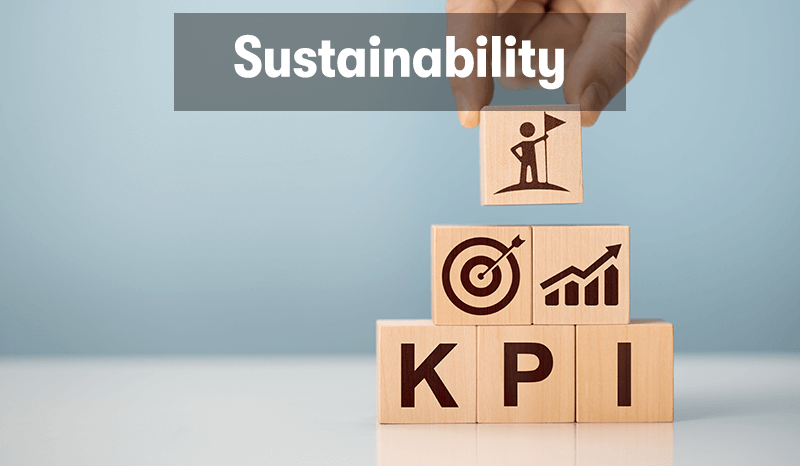
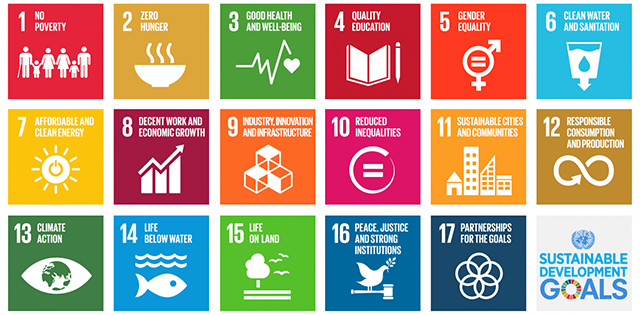
:max_bytes(150000):strip_icc()/metrics.aspfinal-40312c5e32ab4aadbb522fa7566ebe40.jpg)

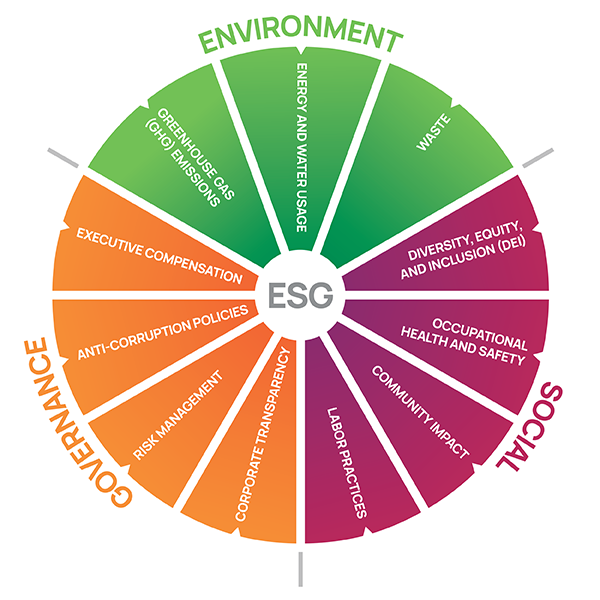


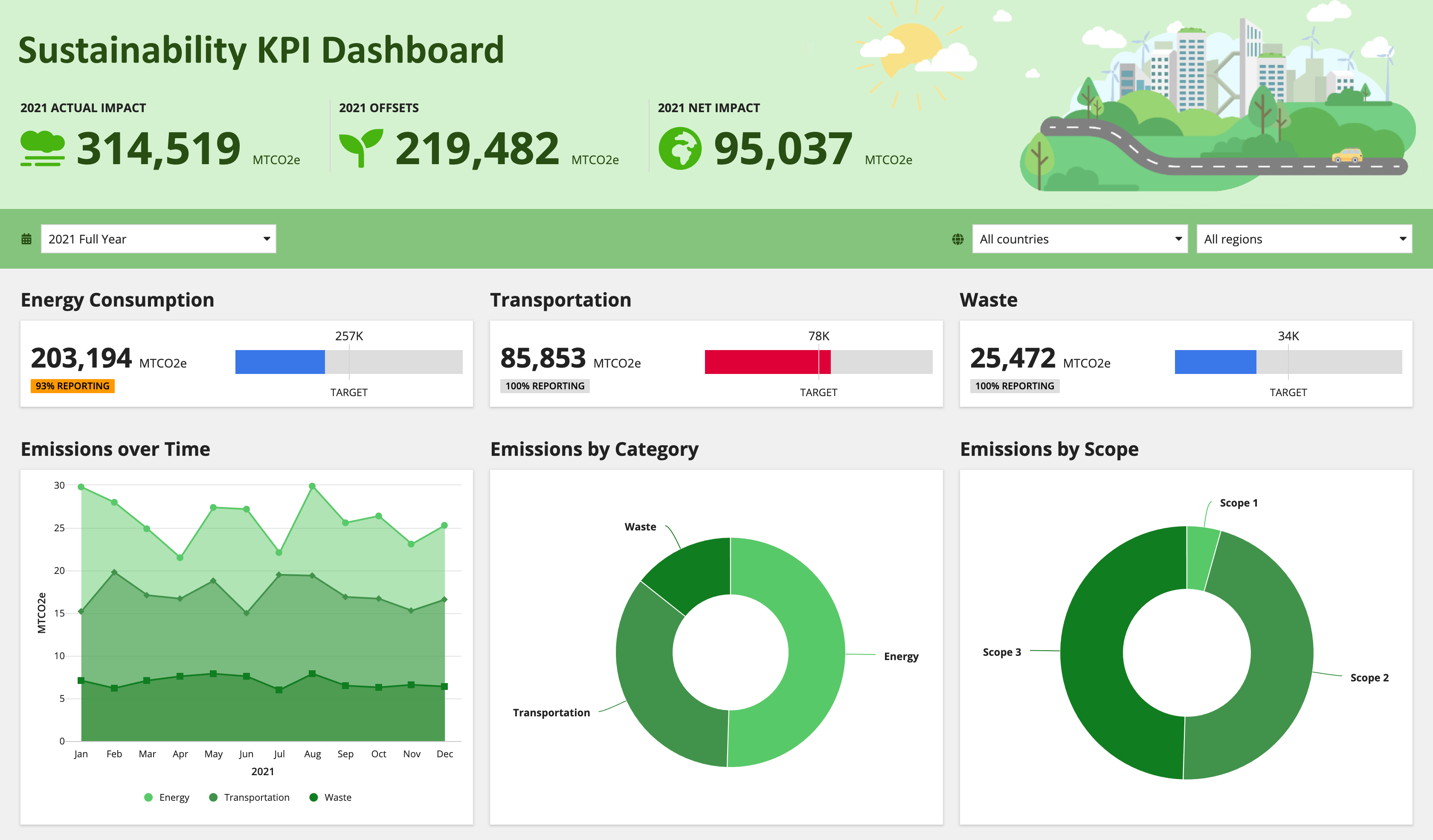

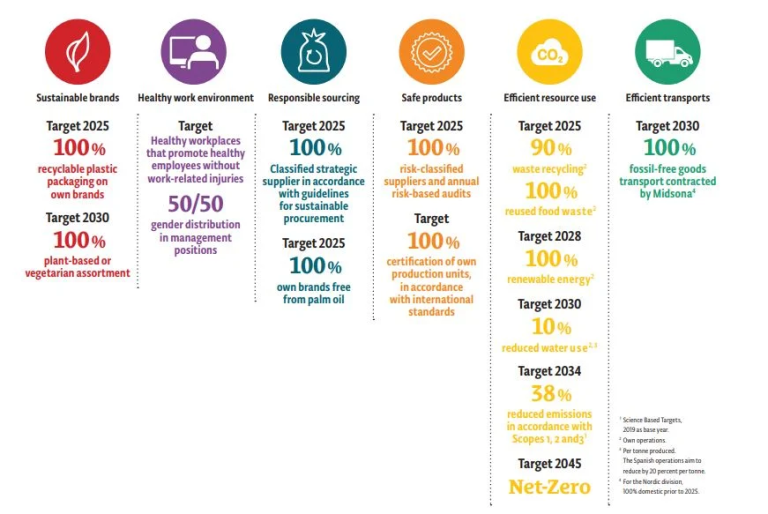
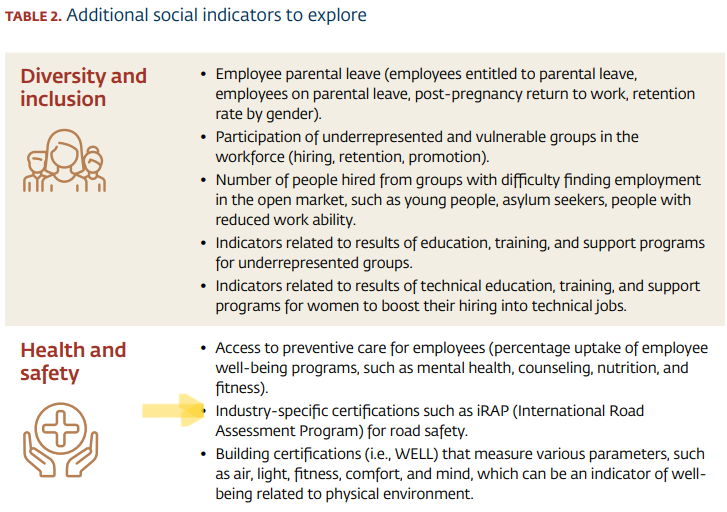
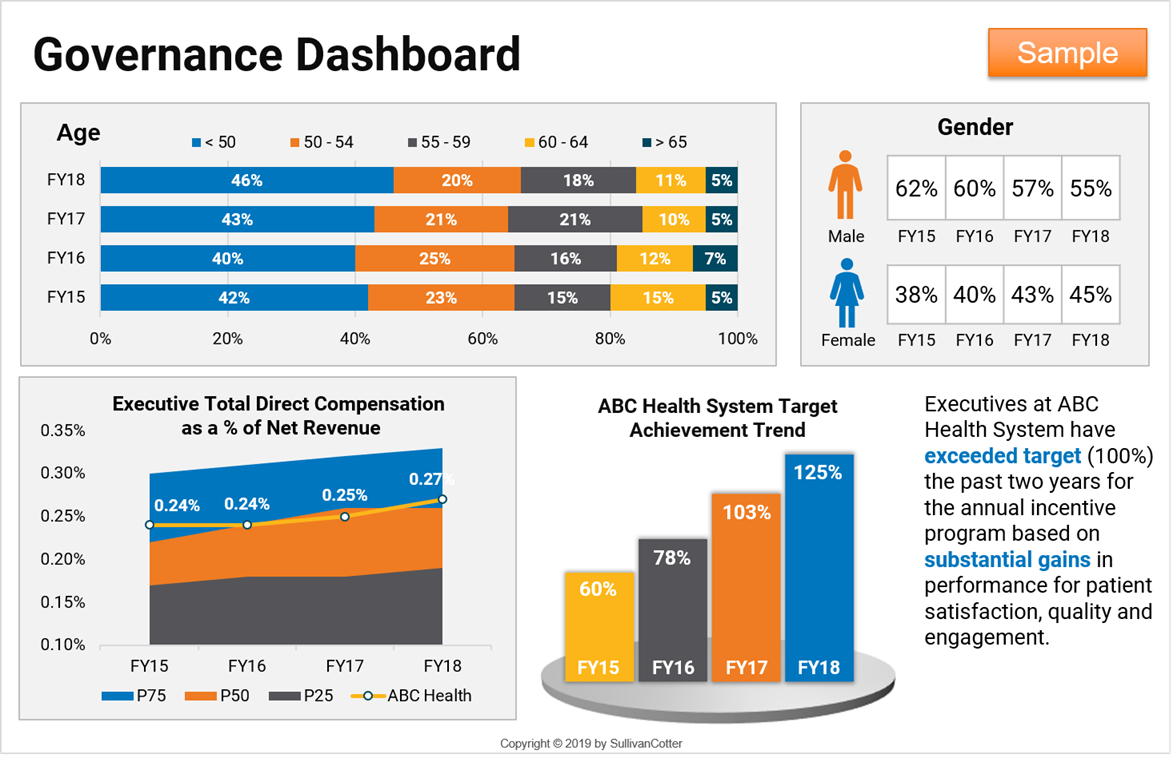
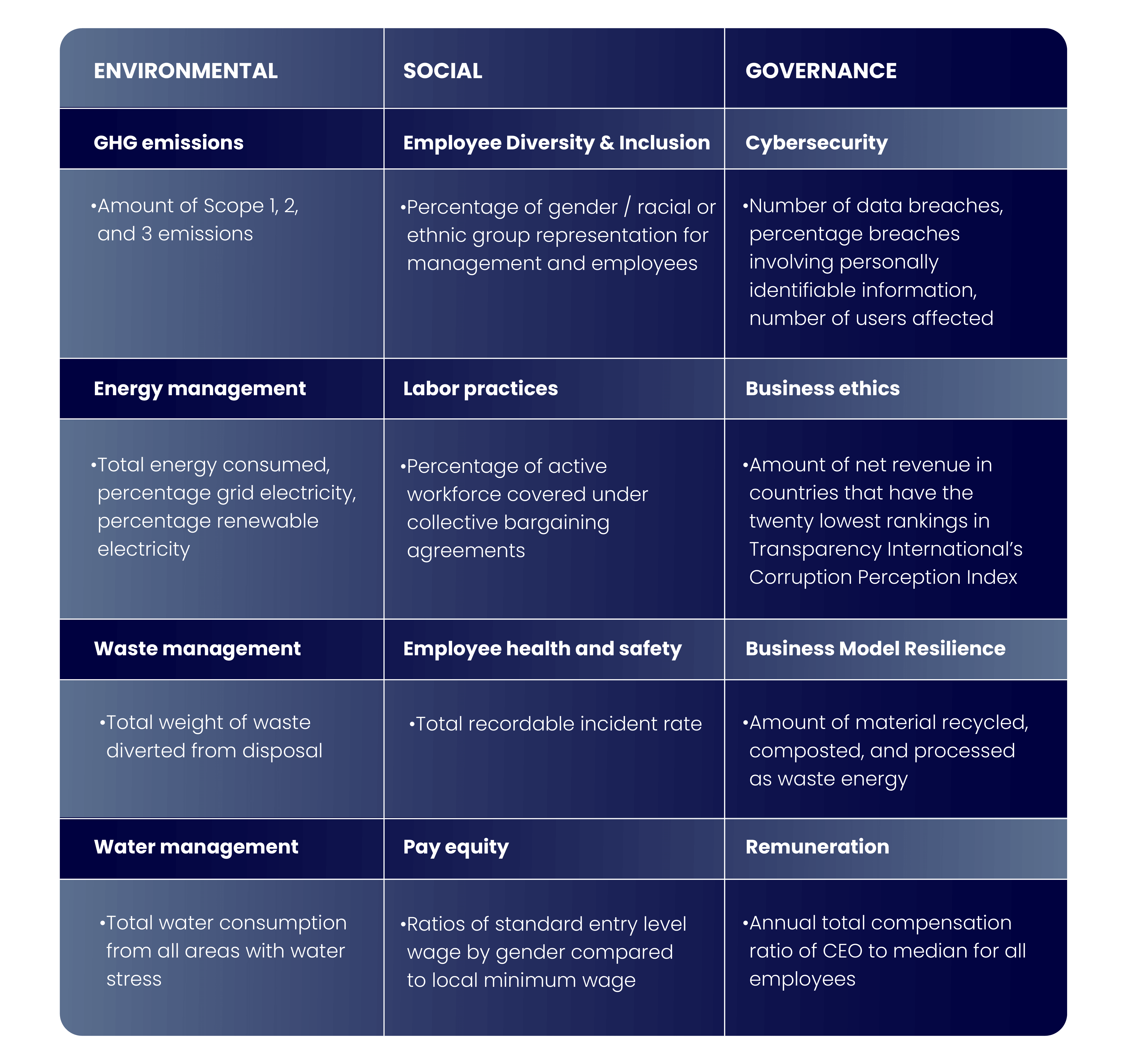

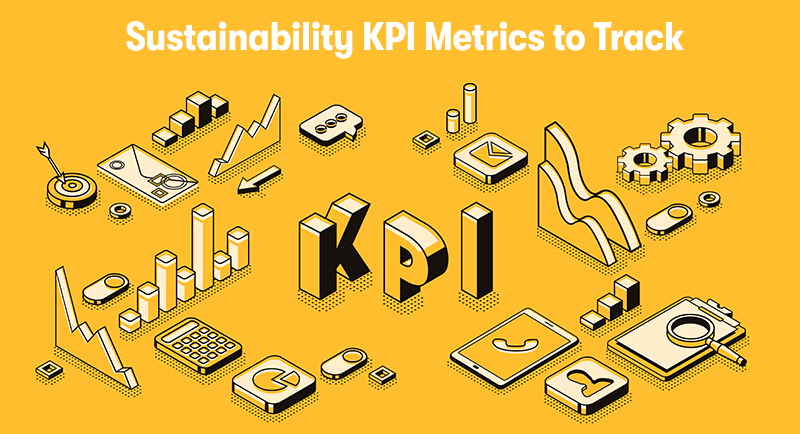
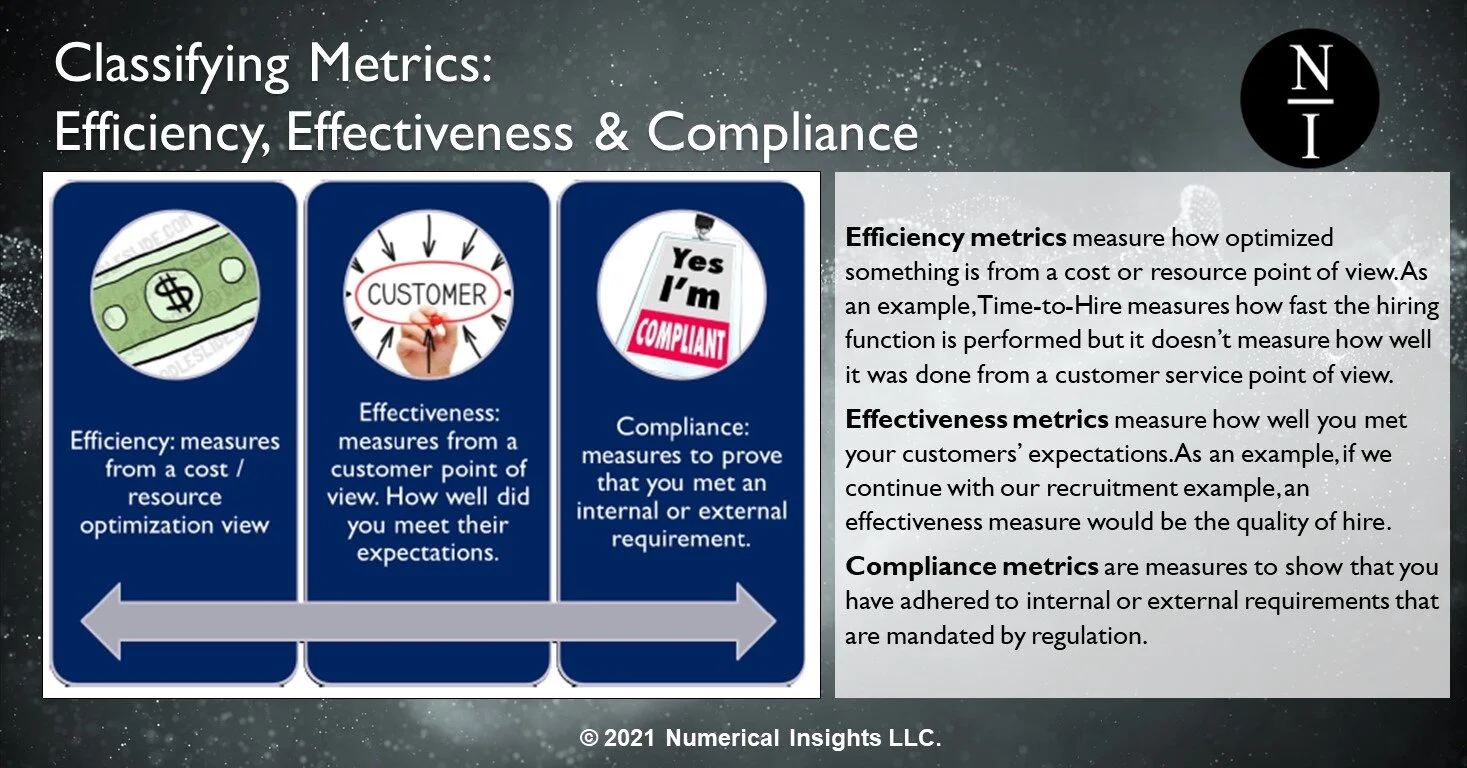
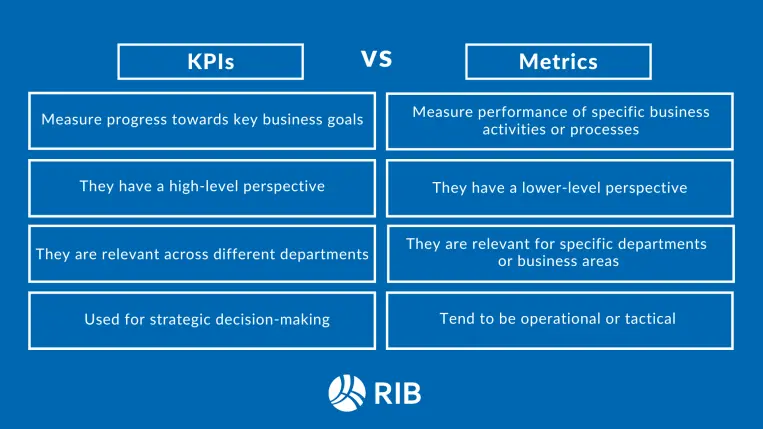
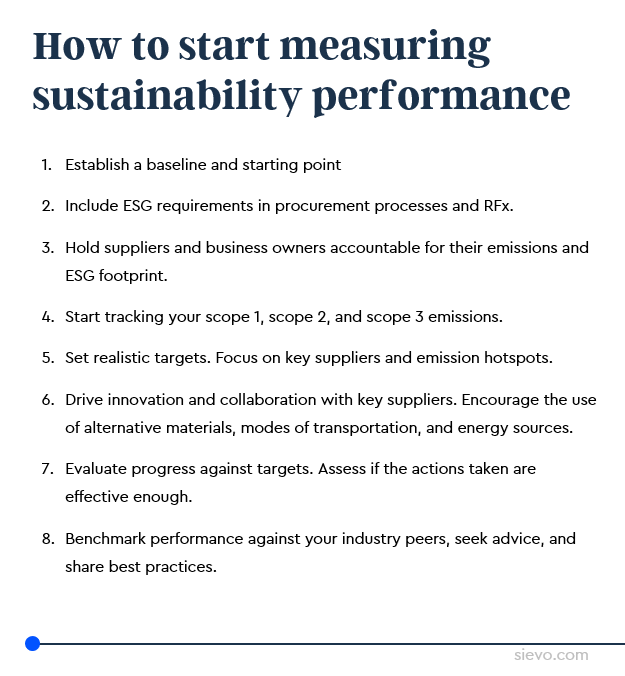
Comments
Post a Comment